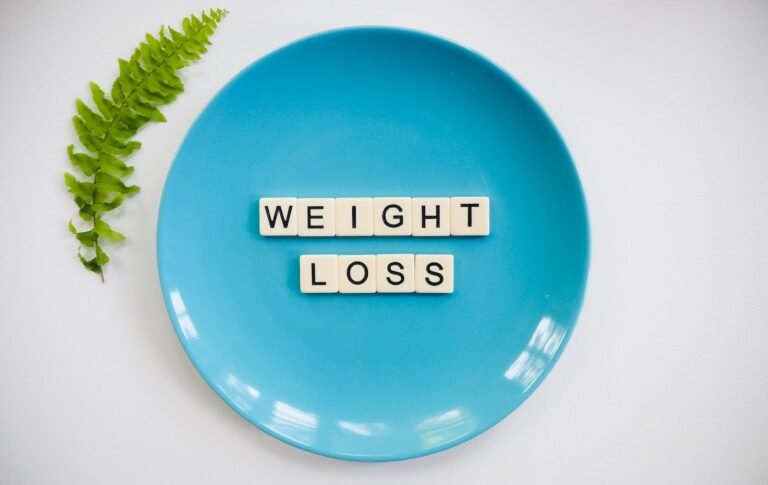Stomach vacuum: exercises and techniques
The “Stomach Vacuum” is both an exercise and a “plastic” pose notably popularized by Franck Zane, one of the most aesthetic bodybuilders of all time. The vacuum has now become an imposed pose for the “Classic Physique” category, a symbol of aesthetics and optimal control of the abdominal strap.
Although it is initially only a question of “taking in your belly”, the vacuum is in reality a complex exercise which requires training, but also a certain dietary rigor.
The stomach vacuum to have and keep a flat stomach
How can the stomach vacuum flatten the stomach and belly?
We have invisible inner abs, and visible outer abs: the “six pack” is so popular that we only think of the outer abs, the muscles we can see with our eyes when we contract our abs.
However, having visible abs is not enough to have a flat stomach. For this we must work the transverse muscle and the diaphragm, because they have the function of supporting the abdominal wall (so as to allow breathing). When you hold your breath to keep your belly in, you’re actually engaging the transverse abdominis muscle, not the rectus abdominis (chocolate bar).


Vaccum sitting on his knees
The stomach vacuum is an isometric exercise that targets the abdominal wall. By practicing the stomach vacuum, you strengthen your deep muscles, in particular the transverse muscle, which is the deepest of the abdominal muscles. The transverse is not easy to target with traditional abdominal exercises.
If you train these muscles regularly, your stomach naturally becomes flatter, even when your abs are not contracted.


Does stomach vacuum make you weight?
No, the stomach vacuum does not make you lose weight. As we saw above, this exercise mainly aims to strengthen the muscles involved in sheathing, in particular the transverse. This exercise is not energy intensive enough to help you lose weight on its own.
What to know about belly fat and how to get rid of it
Your diet determines your waistline.If you’re obese or obese, you want to alternate your food regimen and now no longer depend entirely on belly vacuum.A right food plan for a slimmer waistline limits delivered sugar, subtle grains, and alcoholic beverages.It emphasizes component manipulate in addition to a healthful consumption of fiber, healthful fats,lean proteins, complex carbohydrates, plenty of fruits and vegetables, and water.
Establish a calorie deficit. This is going hand in hand with component control. The most important thing when it comes to losing belly fat is burning more calories. And especially to consume less!Consider nutritional supplements. A little help to simplify your life will help you maintain your motivation by reaching your goals faster. Fat burners, appetite suppressants, proteins and omega 3 can greatly support you when dieting.
-
Does the stomach vacuum represent a danger for the organs?
- The stomach vacuum is an excellent exercise that strengthens the cladding. This promotes spinal stability and balance and helps prevent and reduce back problems.
- The stomach vacuum poses absolutely no danger to the organs. There are therefore no known contraindications to this exercise.
Exercises and techniques for performing the “belly” vacuum
-
The best exercises for successfully tucking in your belly
1. Once you can do seated or standing stomach vacuums, there are other variations you can do to increase or decrease the difficulty.
2. Stomach vacuum on the knee
3.With this stomach vacuum technique, you hold your stomach against gravity and the weight of your internal organs. This makes abdominal inspiration slightly more difficult.
4. Kneel on all fours. The spine and neck should remain neutral.
5. Inhale and pull in your stomach.
6. Hold your vacuum for at least 3 seconds.
7. Slightly relax your abs, exhale and repeat.
8. Stomach vacuum lying face down
9. This variation provides helpful feedback that you can easily feel: your belly lifts off the floor.
10. As with the knee vacuum, you also have to overcome gravity and the weight of your internal organs, which makes the exercise slightly more difficult than the sit/stand variation.
11. Lie face down, full length, with your forehead resting on your arms. Your legs should be straight.
12. Inhale and pull your belly in as much as possible.
13. Breathe normally and hold the vacuum for at least 3 seconds.
14.Relax your abs







